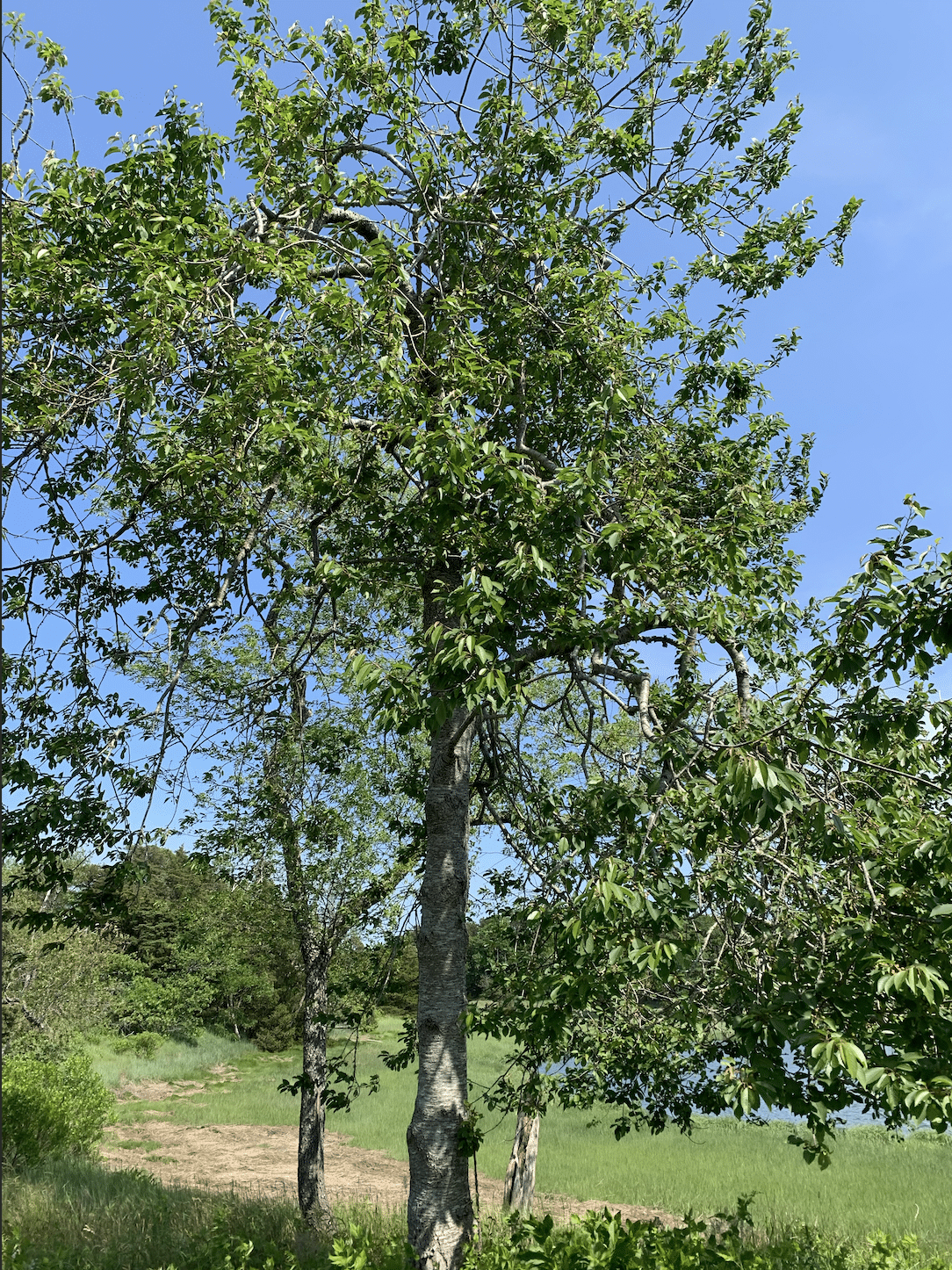Sweet Cherry (Prunus avium)
 Originally from western Eurasia and northern Africa, this deciduous tree’s yellow or red pitted fruits mature in the summer and become a food source for many birds and mammals, who typically consume the flesh and drop the seed pits. Widespread cultivation along with this seed dispersion has led it to naturalize in North America and Australia. Many edible sweet cherry cultivars came from this flowering ornamental, despite the fact that its own mature fruits, while edible to humans, are exceptionally bitter. The rest of its parts, including its leaves, stems, and seeds, however, are highly toxic to humans and may be fatal if ingested due to containing cyanogenic glycosides.
Originally from western Eurasia and northern Africa, this deciduous tree’s yellow or red pitted fruits mature in the summer and become a food source for many birds and mammals, who typically consume the flesh and drop the seed pits. Widespread cultivation along with this seed dispersion has led it to naturalize in North America and Australia. Many edible sweet cherry cultivars came from this flowering ornamental, despite the fact that its own mature fruits, while edible to humans, are exceptionally bitter. The rest of its parts, including its leaves, stems, and seeds, however, are highly toxic to humans and may be fatal if ingested due to containing cyanogenic glycosides.

Sweet cherry’s early-blooming white flowers are highly pollinated by many birds and butterflies, both in and out of its native range. Its bark is recognizable by the horizontal ridges along its smooth gray to reddish-brown surface. When wounded, the bark tree produces a gum to seal the bark and prevent insects or fungus from infecting its vulnerability. This gum is sweetly fragrant and can be chewed like regular chewing gum, though it should not be swallowed.
